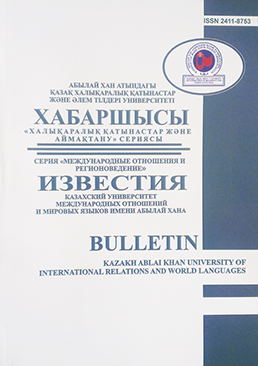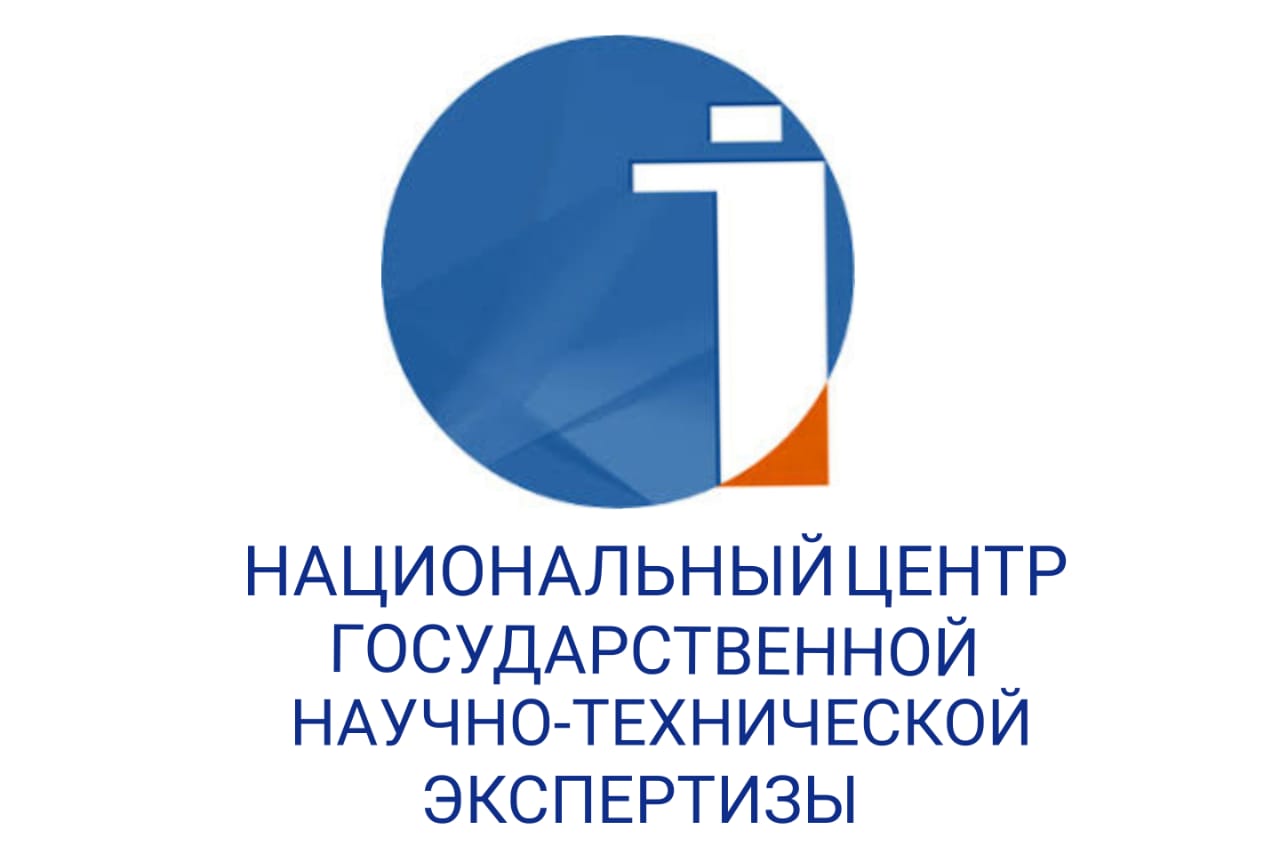MULTI-VECTOR POLICY AS A STRATEGY OF GEOPOLITICAL MANEUVER: CRITICAL GEOPOLITICS OF KAZAKHSTAN IN RELATIONS WITH RUSSIA AND CHINA AFTER 2022
DOI:
https://doi.org/10.48371/ISMO.2025.60.2.006Keywords:
Kazakhstan, foreign policy, multi-vector diplomacy, critical geopolitics, geopolitical maneuvering, strategic autonomy, middle power behavior, securityAbstract
This article examines Kazakhstan’s evolving foreign policy strategy following Russia’s 2022 invasion of Ukraine and China’s growing assertiveness in Eurasia. Positioned at the crossroads of competing great power interests, Kazakhstan has amplified its multi-vector policy into a strategic tool of geopolitical maneuvering. While maintaining formal alliances—such as with Russia through the Collective Security Treaty Organization (CSTO)—Kazakhstan simultaneously deepens economic ties with China via the Belt and Road Initiative and cultivates relationships with Western partners. This paper draws on critical geopolitics and discourse analysis to assess how Kazakhstan reconfigures its role from a peripheral actor to a regional norm entrepreneur.
Using a qualitative methodology grounded in the works of Ó Tuathail, Agnew, and Müller, the study analyzes official speeches, strategic documents, and regional policy narratives to unpack Kazakhstan’s spatial imaginaries and diplomatic signaling. It argues that Kazakhstan’s foreign policy reflects not only pragmatic hedging but also a deliberate discursive strategy to preserve sovereignty, recalibrate asymmetries, and assert agency in a contested multipolar order.
By contextualizing recent statements by President Tokayev—especially his vision of a self-sufficient and strategically cohesive Central Asia—the paper illuminates how Kazakhstan reclaims geopolitical subjectivity. The study contributes to understanding middle-power behavior under shifting global hierarchies and highlights Kazakhstan’s pursuit of autonomy through critical diplomatic balancing.







